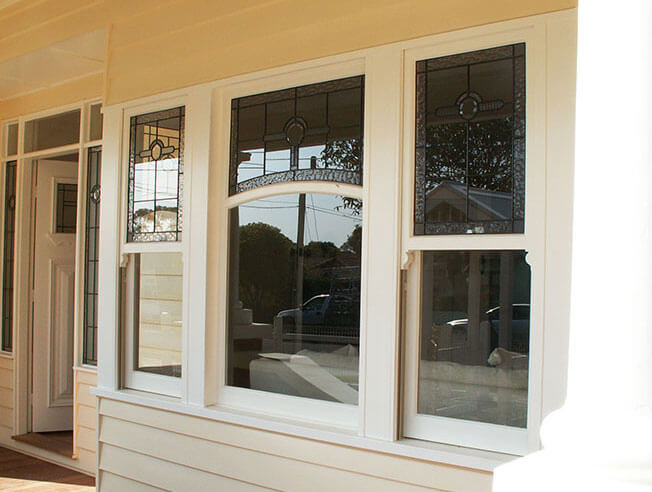All Categories
Featured
Table of Contents
How Are Double Glazed Windows More Energy Efficient? in Wanneroo Perth
That window can transmit more solar heat in winter than in summer season. A west-facing window on a summertime's afternoon has an angle of incidence from near 0 up to 30 with a large efficient area of solar radiation. A north-facing window, in summer season, has a high angle of incidence and a low effective location of solar radiation, so can send less heat than a west-facing one.

You can rapidly and quickly enhance the thermal efficiency of your house by changing your windows. There are thousands of types of glass and frames to choose from.
Magnetite: Australian Retrofit Double Glazed Windows in Palmyra Western Australia
Single glazing with clear glass is not very effective when it comes to heat loss or gain. To enhance efficiency, you can use single glazing with a more energy-efficient type of glass such as low emissivity (low-e) glass.
The energy efficiency of IGUs also depends on: the residential or commercial properties of each layer of glass. Different glass types (for example, clear and low-e glass) can be put together in an IGU.
Does Double Glazing Have A Vacuum? in Myaree Perth

IGU cavities can be filled with air or a more inert, low-conductivity gas such as argon the width of the cavity. Cavity density is typically 6 to 18mm. Wider cavities supply lower (better) U worths, with 12mm generally accepted as the preferred space how well the cavity is sealed. Cavities must be dry and well sealed to prevent moisture getting in.
If argon is set up to the cavity in place of air, moisture is reliably omitted the level of desiccant (drying agent). The spacer (metal or polymer strip) that separates the glass layers includes a desiccant to take in any moisture. Insufficient desiccant may trigger moisture to condense on the glass surface area in cold conditions, reducing thermal performance.
Does Double Glazing Reduce The Heat In Brisbane's Summer? in City Beach Perth
In reality, IGUs can provide better energy performance for all climates, specifically in heated and air-conditioned houses. Cross-section detail of single, double and triple-glazing systems Low emissivity glass (frequently referred to as low-e glass) decreases heat transfer. Low-e glass might be either high or low transmission: High transmission low-e glass has a finishing that permits daylight from the sun to enter your house to accomplish good solar heat gain, but reduces the quantity of the long wavelength infrared heat that can get away back through the window.
Low-e glass has either a pyrolytic finish or a vacuum-deposited thin film metal finishing. Pyrolytic finishes are long lasting and can be used for any glazing; vacuum-deposited finishes are soft and are only used within IGUs. Low-e finishes can significantly enhance both U worth and SHGC; however, they need to be utilized correctly or they will either deteriorate or fail to carry out as required.
Double Glazed Windows Sydney in Kewdale WA
Low-e coverings can be used in combination with clear, toned or reflective glass. Low-e coverings on glazing can minimize heat transfer where required Photo: Department of Market, Science, Energy and Resources Toned glass has actually colouring additives consisted of throughout manufacture. It is available in various colours, generally bronze, grey, blue and green.
Table of Contents
Latest Posts
Reasons Why Double Glazed Windows Are A Good Idea in North Fremantle Perth
Replacement Double Glazing - Upvc Windows in Kelmscott Perth
Reasons Why Double Glazed Windows Are A Good Idea in Wilson Western Australia
More
Latest Posts
Reasons Why Double Glazed Windows Are A Good Idea in North Fremantle Perth
Replacement Double Glazing - Upvc Windows in Kelmscott Perth
Reasons Why Double Glazed Windows Are A Good Idea in Wilson Western Australia